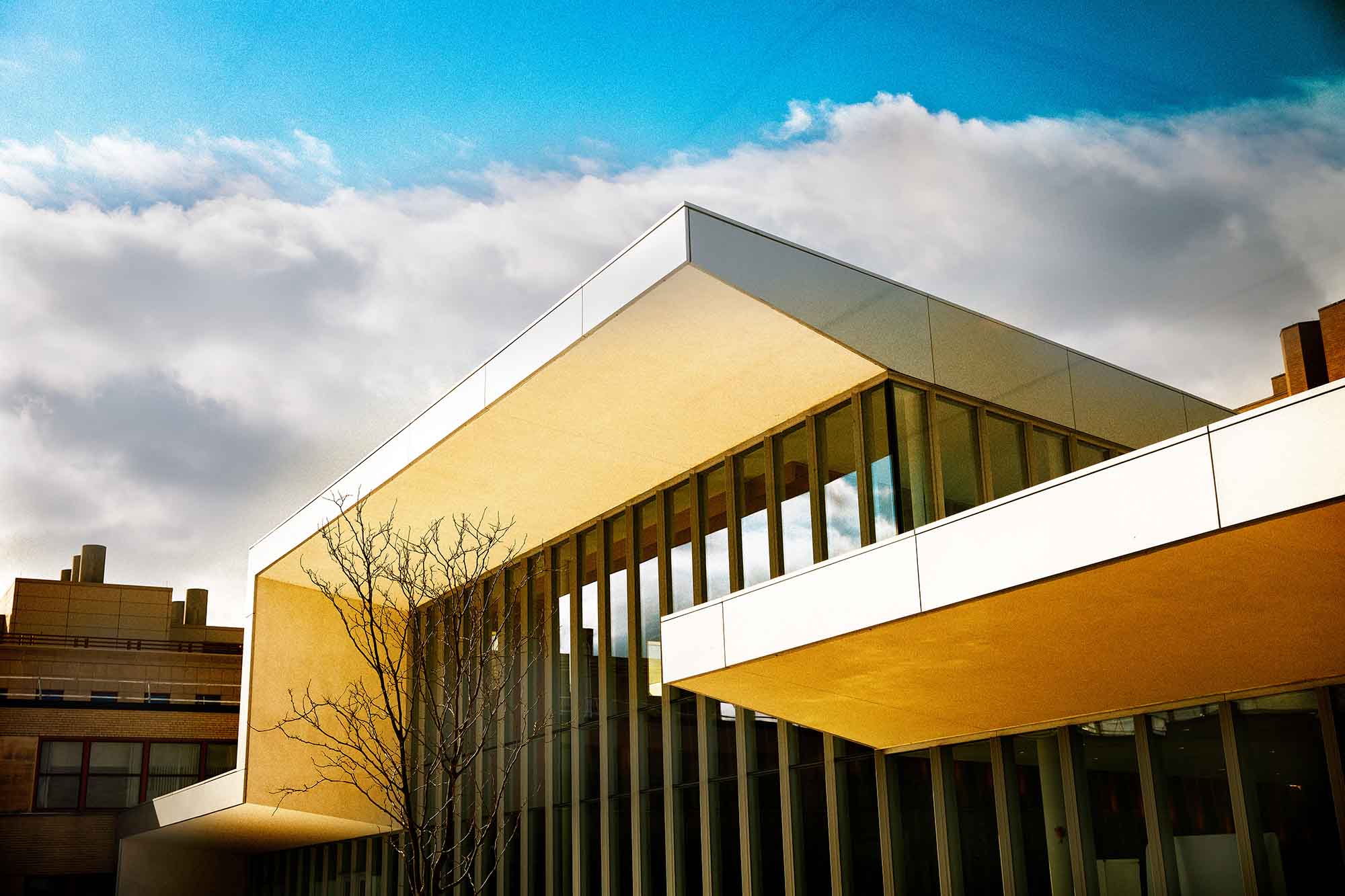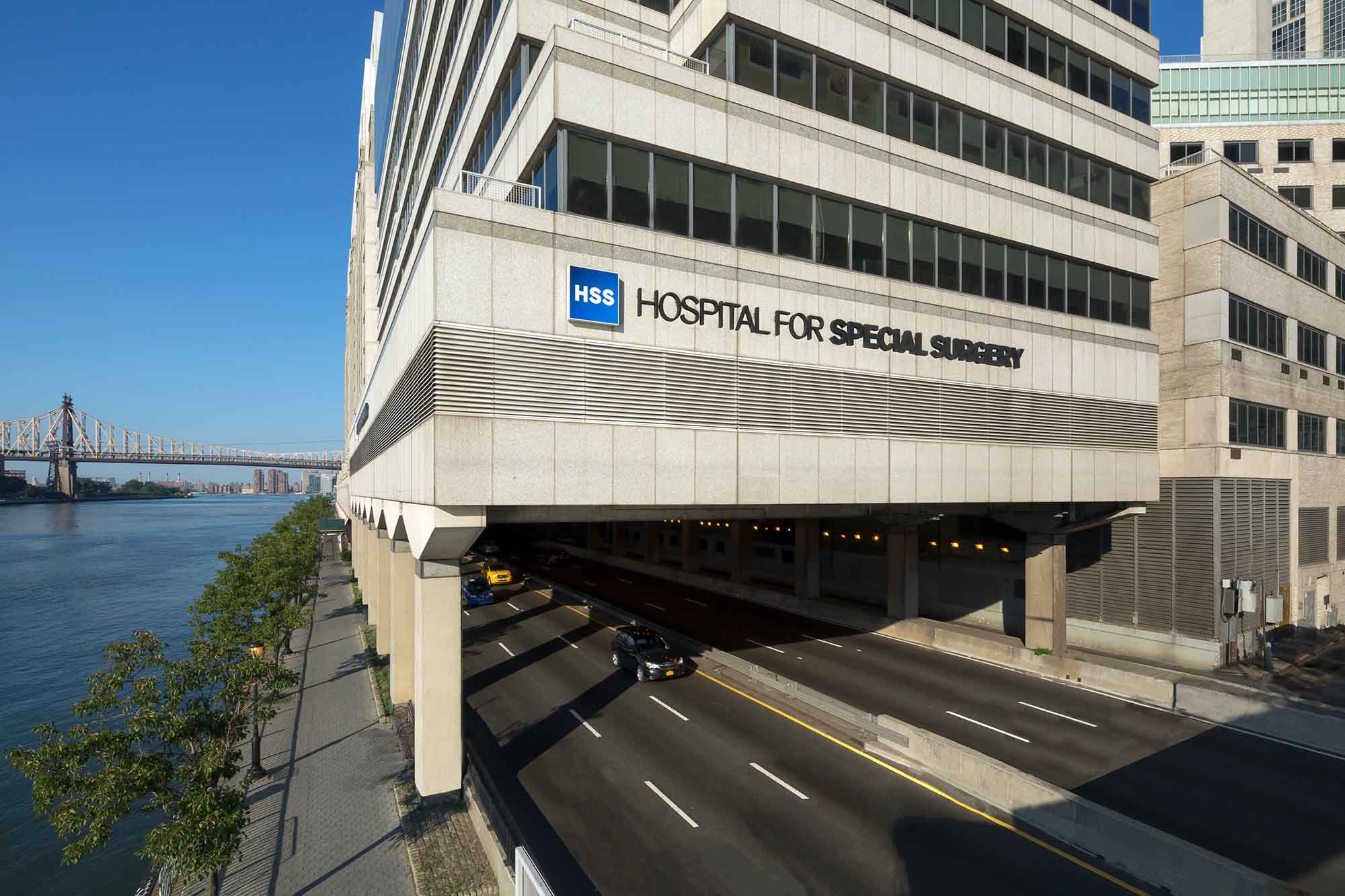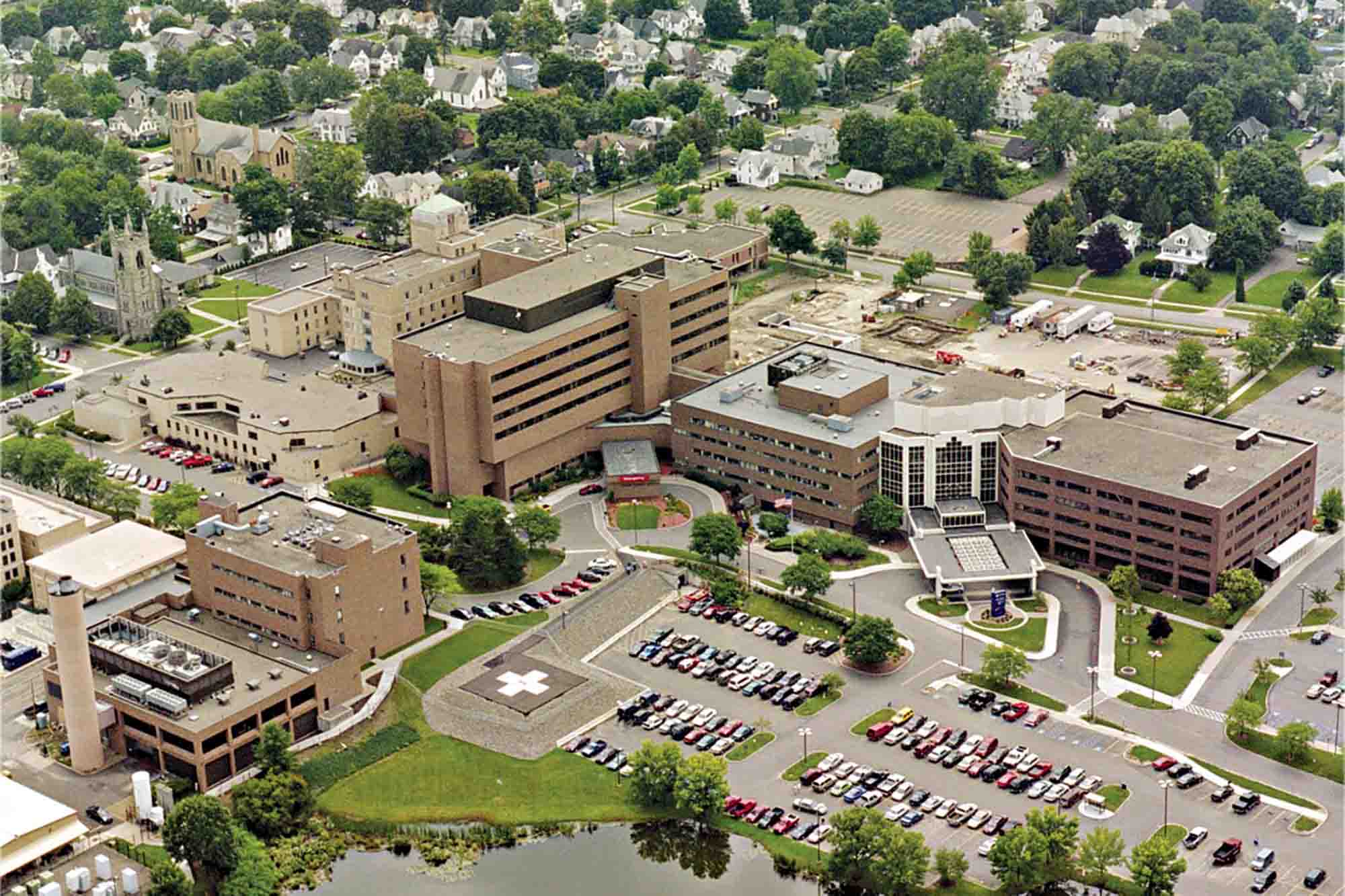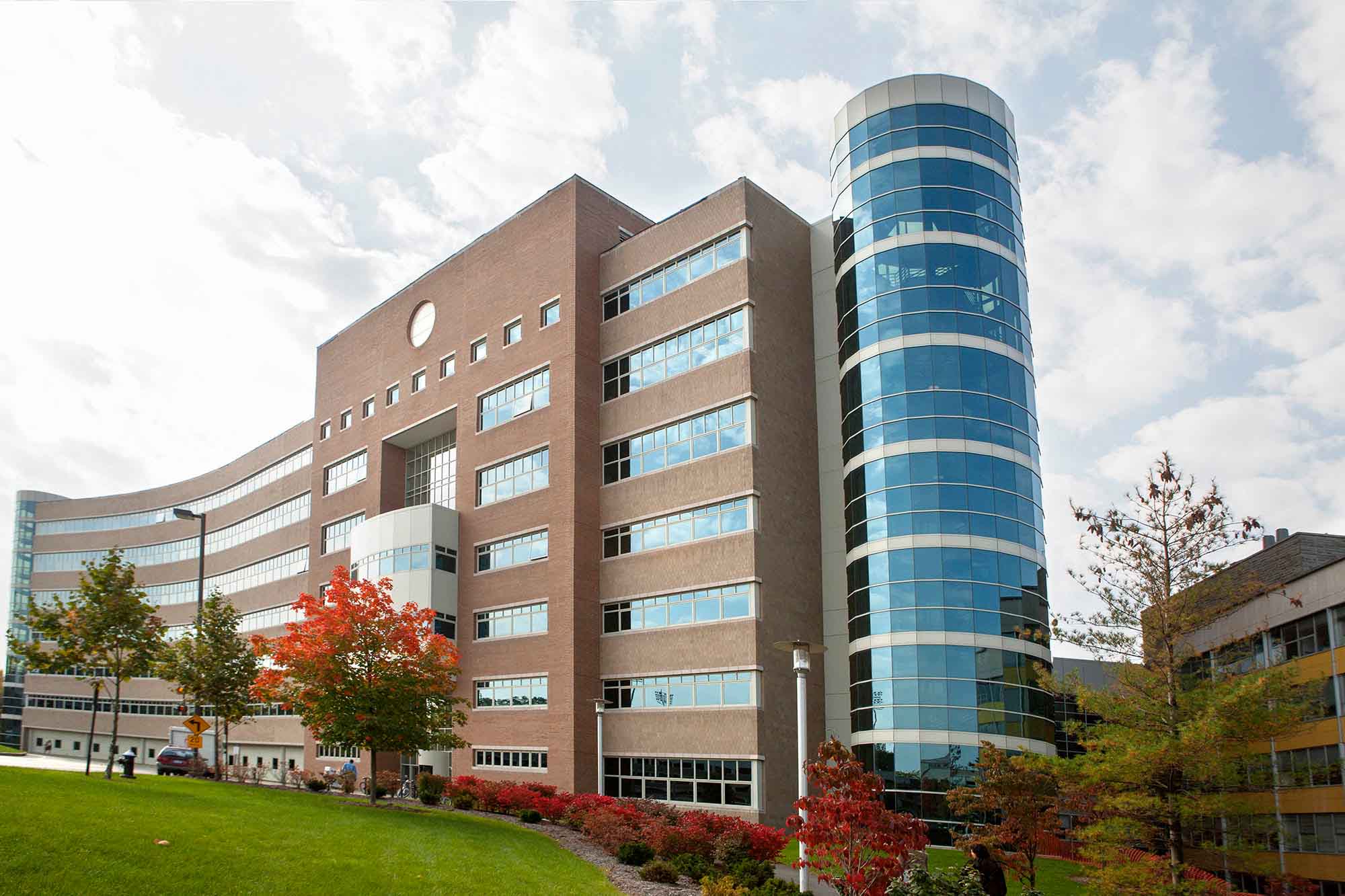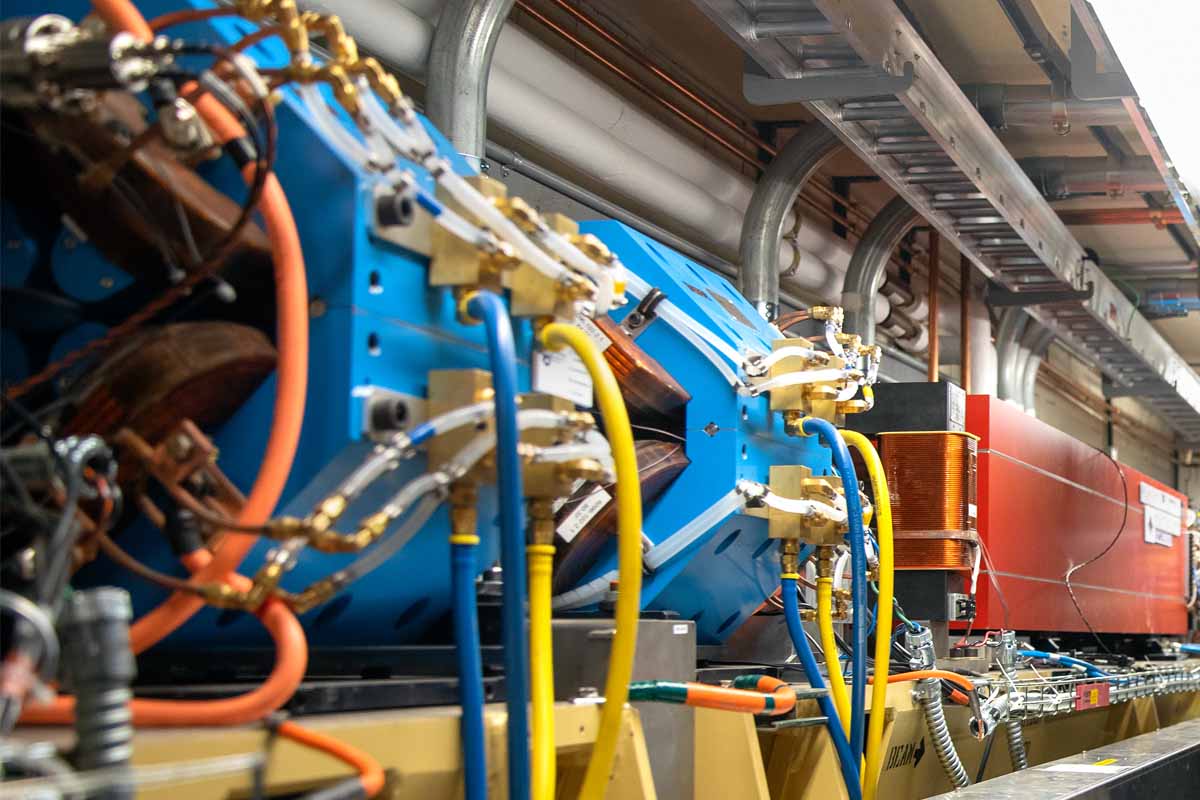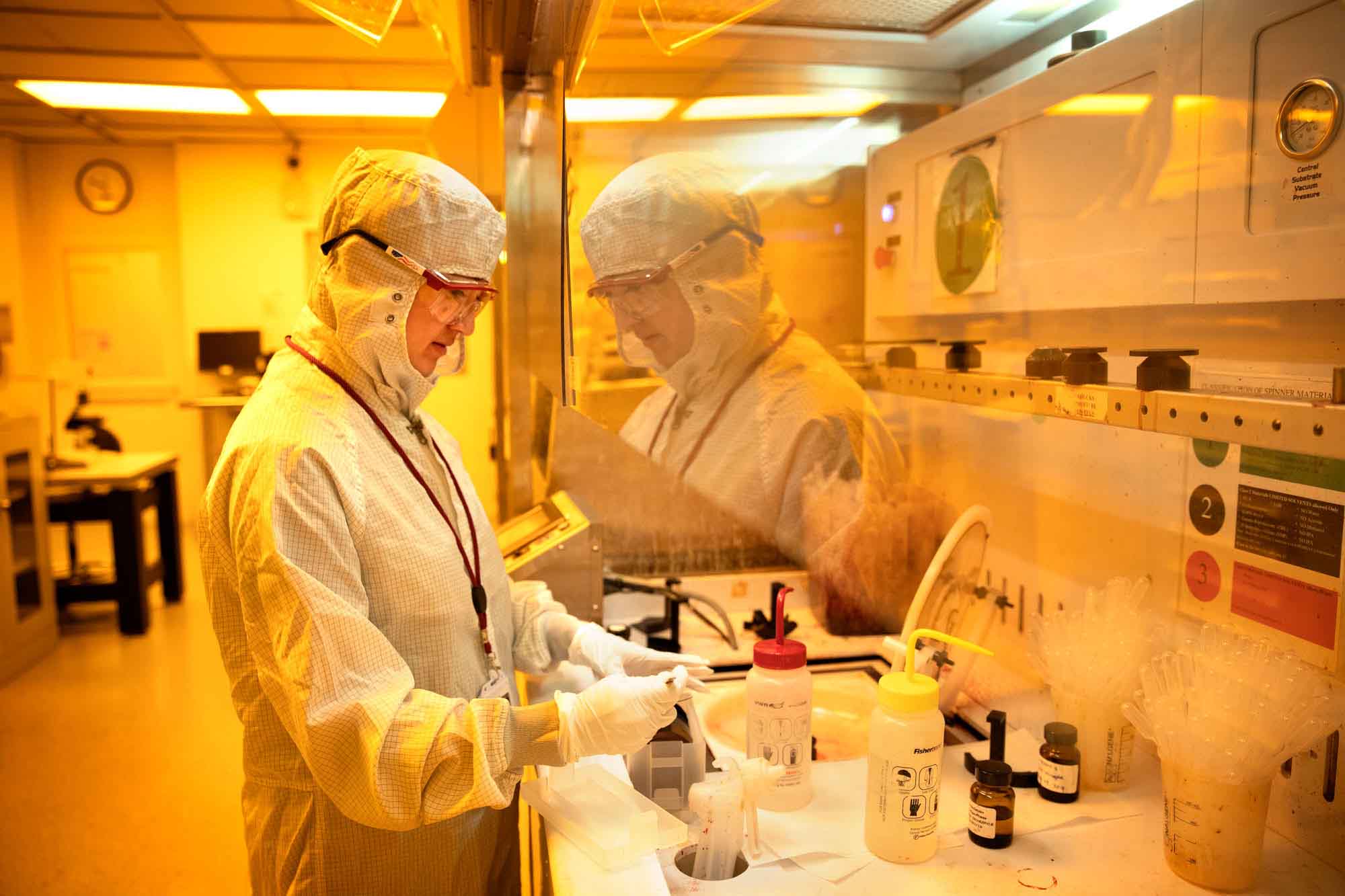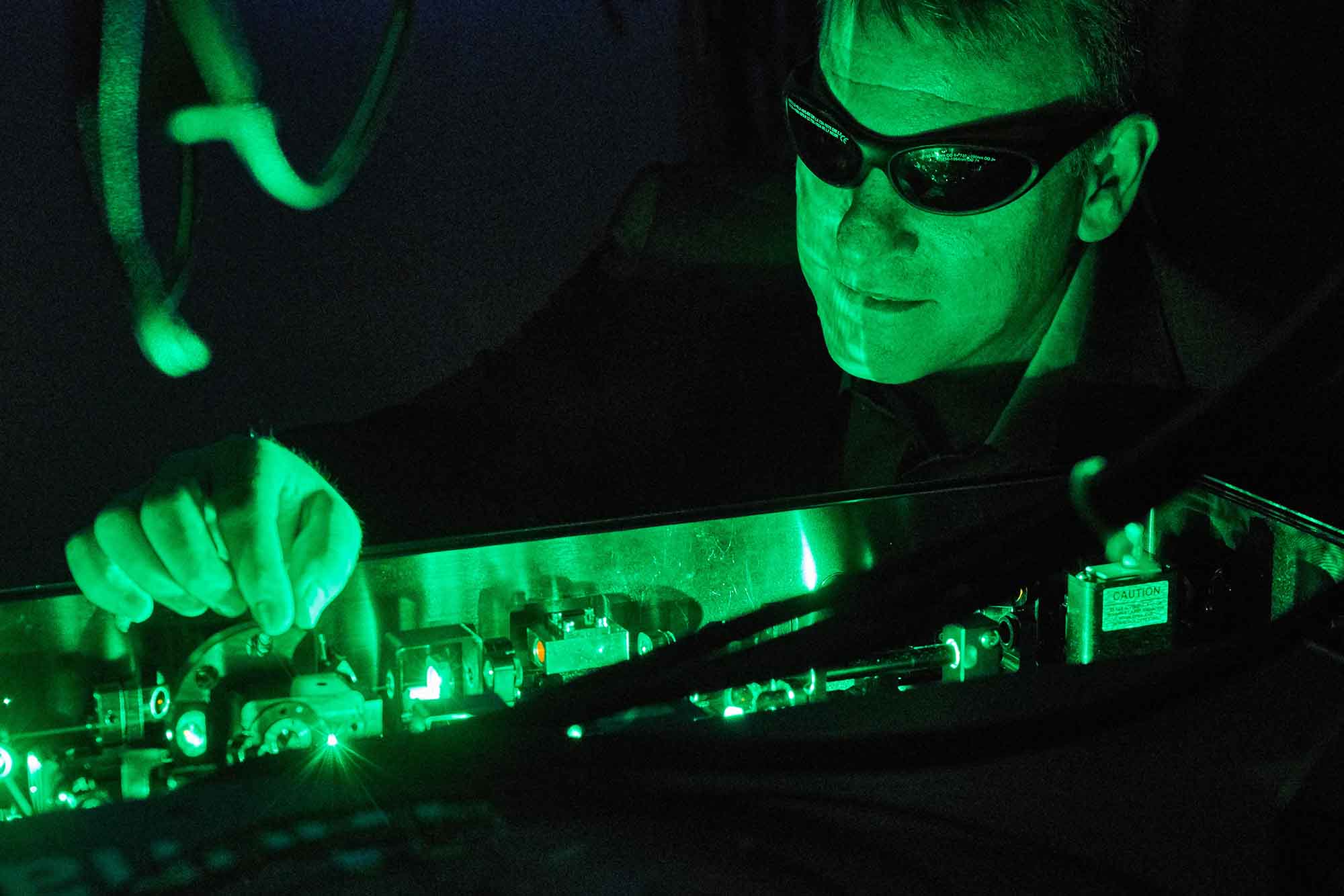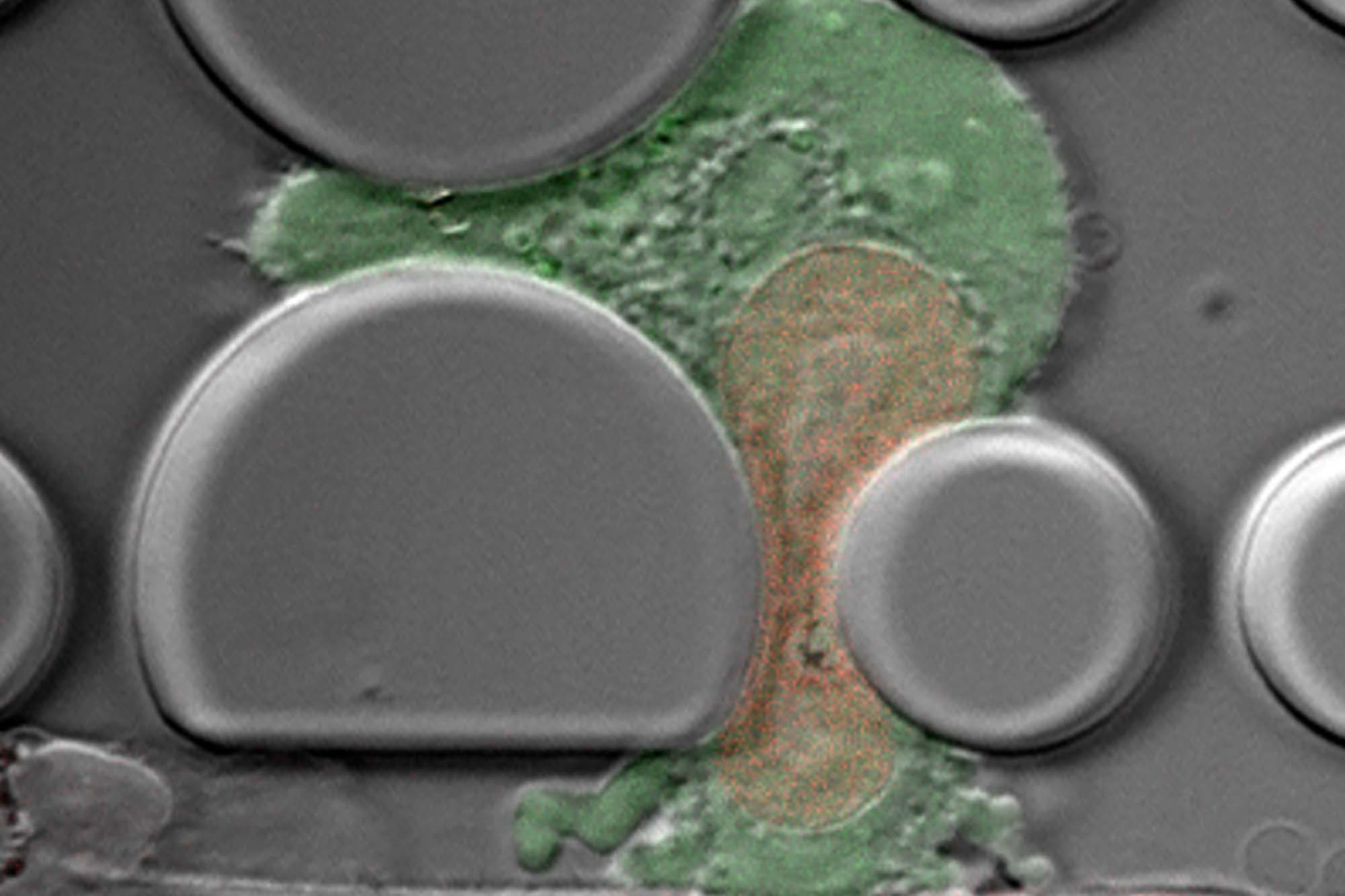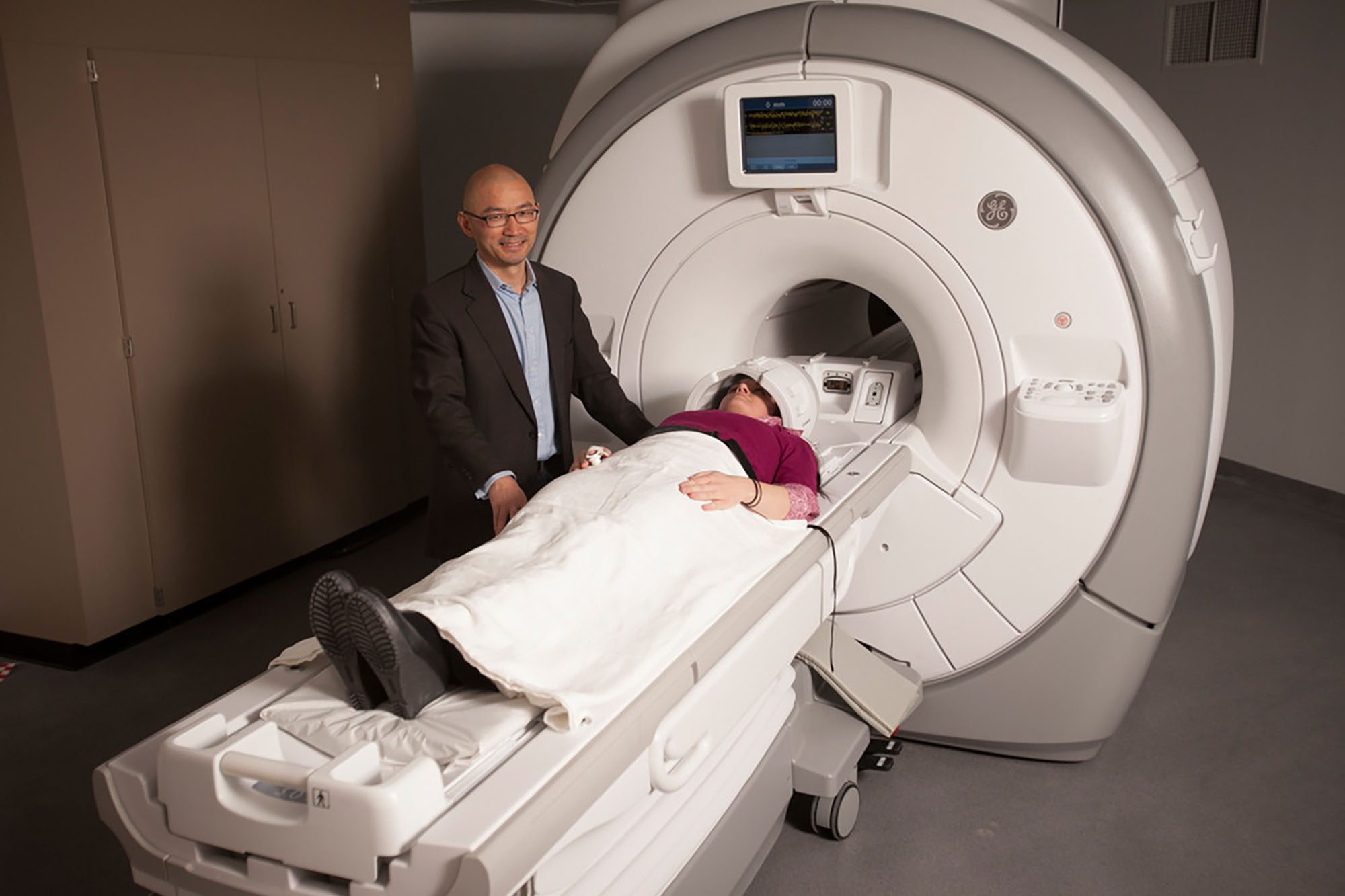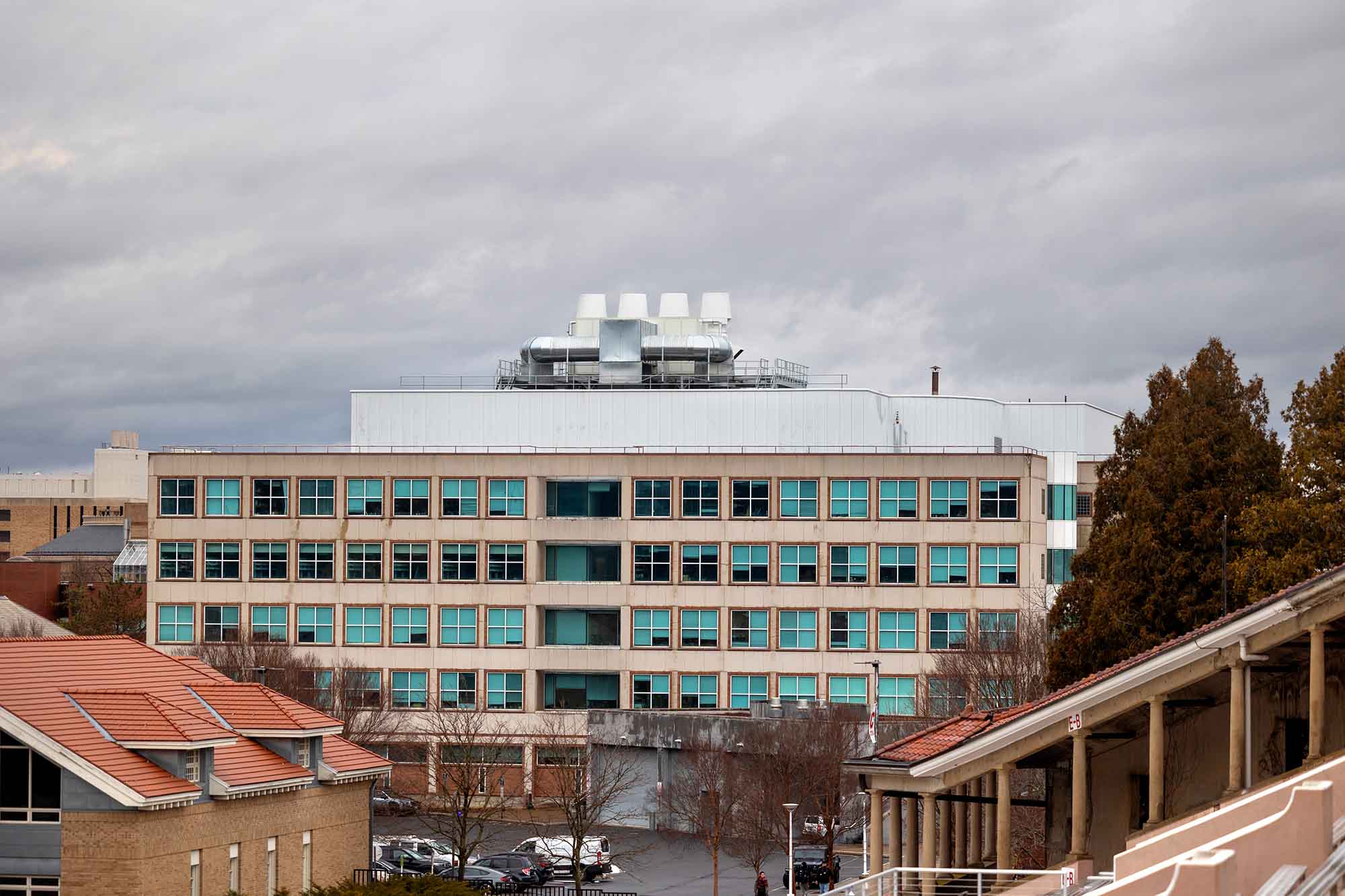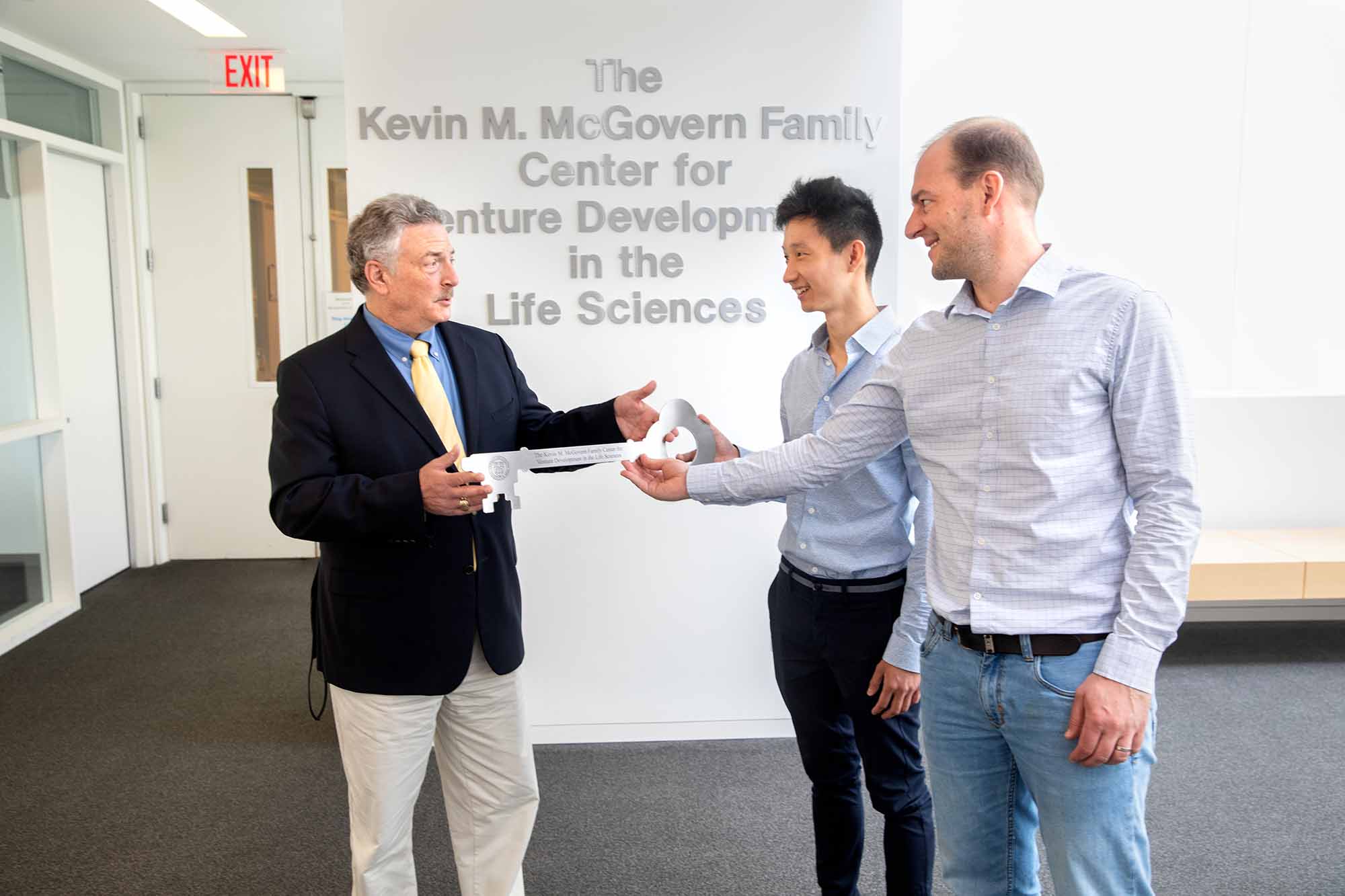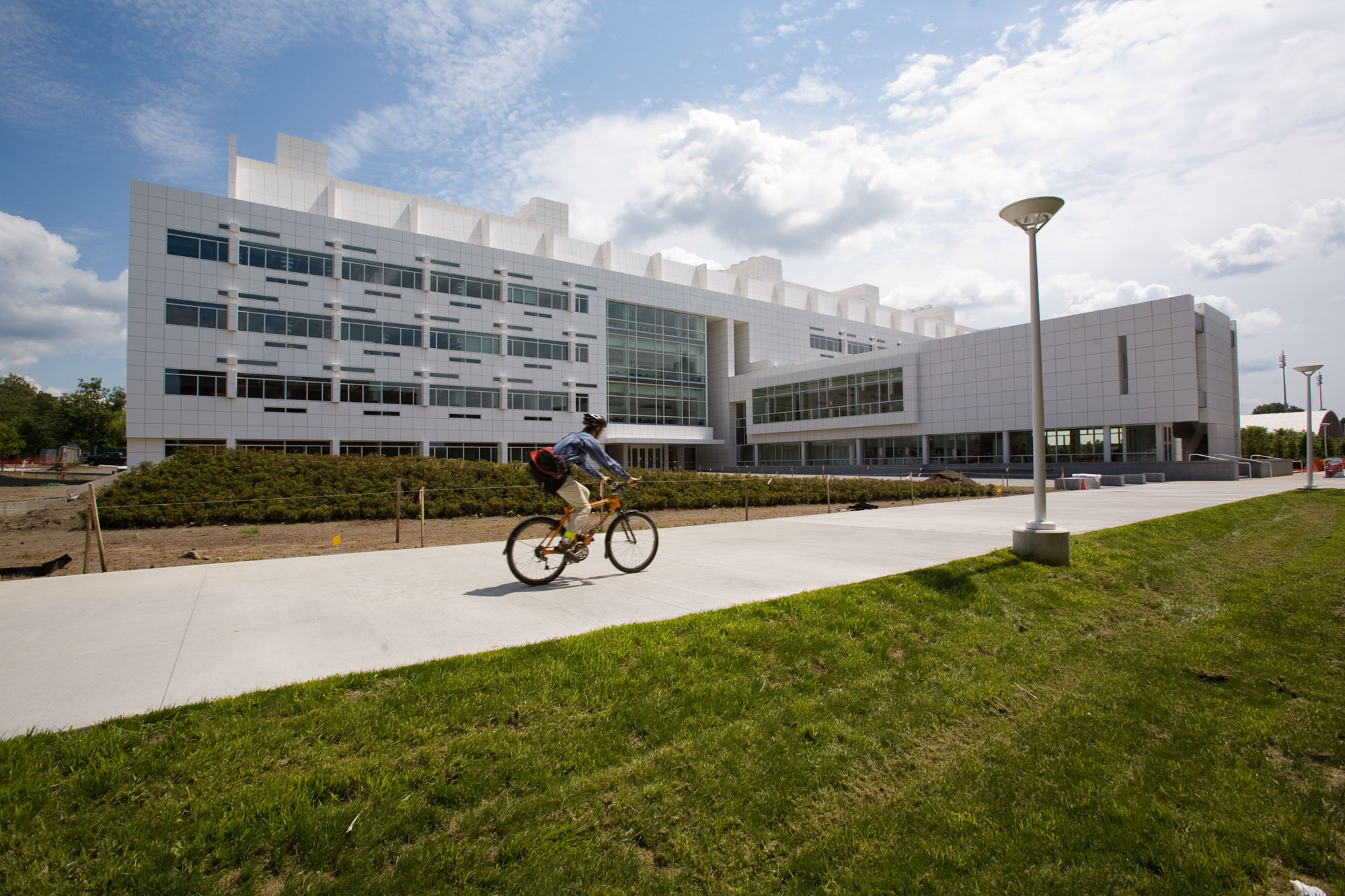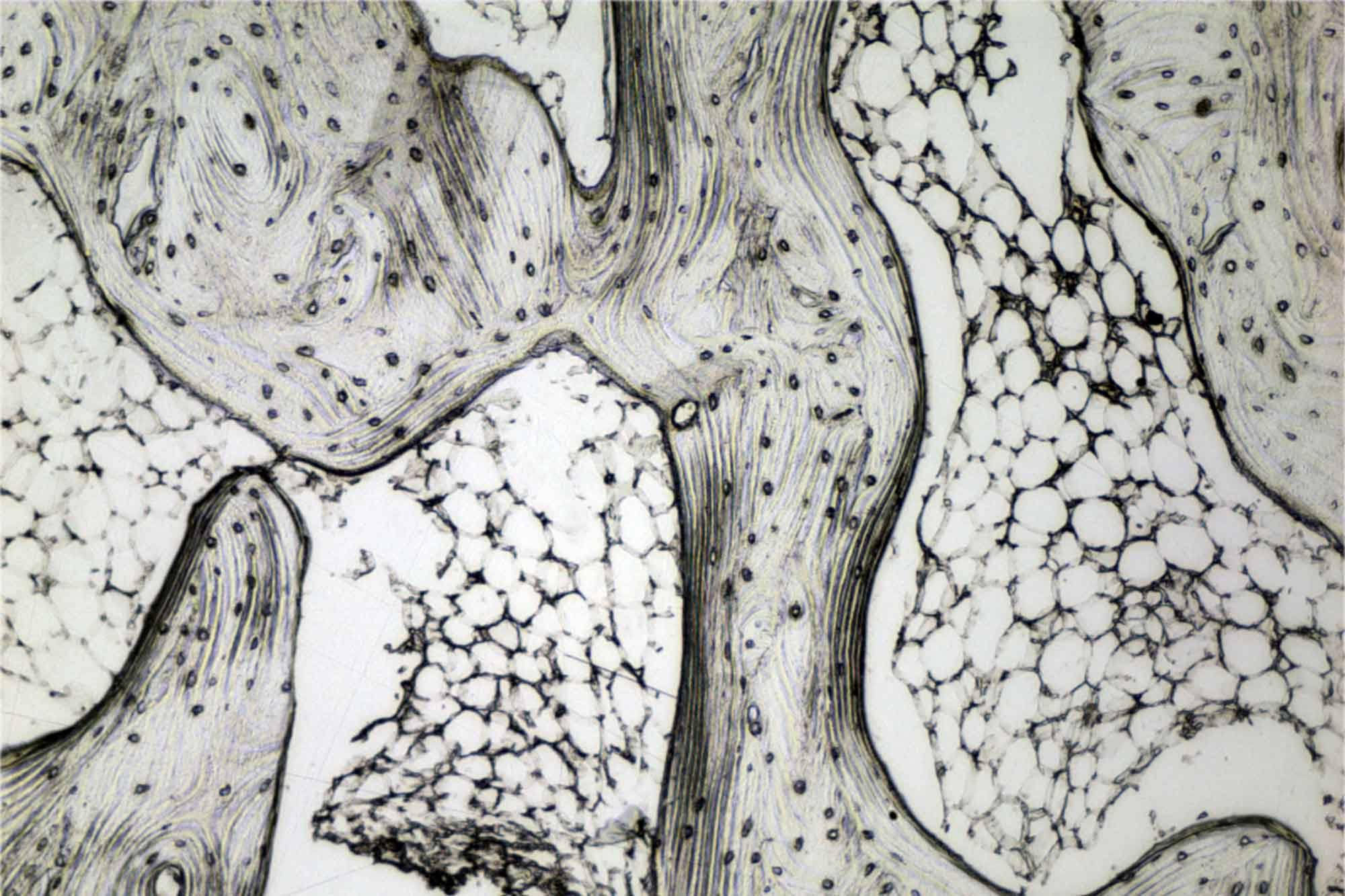Page Contents
Cornell has over 100 centers, institutes, labs and programs supporting faculty research and education. Those of particular interest to biomedical engineering are listed here. For a complete listing, visit the Office of the Vice Provost for Research.
Clinical Partners
-
![Weill Cornell Medicine cityscape]()
Weill Cornell Medicine
Weill Cornell Medicine is committed to excellence in patient care, scientific discovery and the education of future physicians in New York City and around the world
-
![Cornell college of veterinary medicine thurman hall outside view.]()
Cornell College of Veterinary Medicine
Working for over 150 years to keep animals and people healthy.
-
![Hospital for Special Surgery exterior building]()
Hospital for Special Surgery
The world’s leading academic medical center focused on musculoskeletal health. At its core is Hospital for Special Surgery, ranked No. 1 in orthopedics for 15 years in a row by U.S. News & World Report (2024-2025). HSS has also been among the top-ranked hospitals for both orthopedics and rheumatology for 33 consecutive years.
-
![Guthrie Hospital campus Sayre, Pennsylvania aerial shot]()
Guthrie Robert Packer Hospital
As a 288-bed tertiary care, teaching hospital, offering a wide range of inpatient and outpatient services from a dedicated team of skilled physicians, health care professionals and staff.
Research Centers and Facilities
-
![Rhodes Hall in Fall]()
Center for Advanced Computing
The Cornell University Center for Advanced Computing is a leader in high-performance computing system, application and data solutions that enable research success. As an early technology adopter and rapid prototyper, the center helps Cornell researchers accelerate scientific discovery.
-
![Equipment at the Wilson Synchrotron.]()
Cornell High Energy Synchotron Source
Supported by the National Science Foundation, the Cornell High Energy Synchrotron Source (CHESS) is a national laboratory that supplies synchrotron radiation capabilities to users in many scientific fields. It is the highest-energy synchrotron source currently available in the United States.
-
![Person wearing clean room suit works at a fume hood at Cornell Nanoscale Facility.]()
Cornell NanoScale Science and Technology Facility
The Cornell NanoScale Science and Technology Facility (CNF) is a hub for nanostructure research, backed by the National Science Foundation, the university, and industry partners. It uniquely offers processing capabilities below a quarter micron. This makes it accessible to researchers from universities, corporations, and government labs. The CNF supports work in electronic and photonic devices, microelectromechanical systems, advanced materials, and biotechnology.
-
![Chris Schaffer works with lasers]()
Cornell Neurotech
Cornell Neurotech is developing technologies and powerful new tools needed to reveal the inner workings of the brain, with a particular focus on how individual brain cells and complex neural circuits interact at the speed of thought.
-
![A cancer cell gets squished by nanostructures Lammerding lab research]()
Cornell Center on the Physics of Cancer Metabolism
The Cornell Center on the Physics of Cancer Metabolism integrates engineering, advanced imaging, and cancer biology to interrogate the multiscale biophysical mechanisms regulating tumor metabolism and function as well as their consequences on clinical outcome.
-
![Faculty Yi Wang stands with patient in front of MRI machine]()
Cornell Magnetic Resonance Imaging Facility
The CMRIF is approximately a 3000 sq ft state-of-the-art imaging facility equipped with a GE Discovery MR750 3.0T MRI scanner supported by Cornell University-wide, Cornell University College of Human Ecology, and WCM Department of Radiology resources dedicated to scientific research
-
![A researcher wearing blue gloves works with vials in the De Vlaminck Lab.]()
Cornell Stem Cell Modeling and Phenotyping Core
The Core provides state-of-the art capabilities for scientists to generate stem cells, modify genes in highly specific ways, create transgenic research animal models for basic and clinical research, analyze pathology of these animal models with high diagnostic and microscopic resolution, and study individual stem cells in live animals or in manmade environments.
-
![Outside view of biotechnology building at Cornell.]()
Institute for Biotechnology and Life Science Technologies
The Cornell Institute of Biotechnology is a key partner in university-wide initiatives such as radical collaborations in genome biology, digital agriculture, and infection biology.
-
![Lou Walcer hands key to Iwijn DeVlaminck in Weill Hall Atrium McGovern Center.]()
Kevin M. McGovern Family Center for Venture Development in the Life Sciences
The Center’s program focuses on accelerating research and development of its client’s companies’ technology and products, validating its client companies’ business plans, and strengthening their management teams. The Center’s goal is to facilitate the forward progress of client companies to the point where each will merit significant outside investment, and achieve self-sufficiency.
-
![A student rides their bike past Weill Hall - home of the Meinig School of Biomedical Engineering - on a mostly sunny summer day.]()
Weill Institute for Cell and Molecular Biology Facility
The Weill Institute is an interdisciplinary hub of life science research at Cornell. Our faculty perform cutting edge cell biological research, from basic molecular mechanisms to human diseases. We bring together faculty, students, and postdocs from outstanding programs across campus in research areas that might not otherwise engage in crosstalk.
-
![Bonassar lab micrograph bone and orthopaedics research image.]()
Center for Advanced Materials and Engineering in Orthopaedics
The goal of the program is to create a seamless partnership between Cornell Ithaca and HSS to enhance the cross-institutional application of engineering principles to musculoskeletal patient care.


